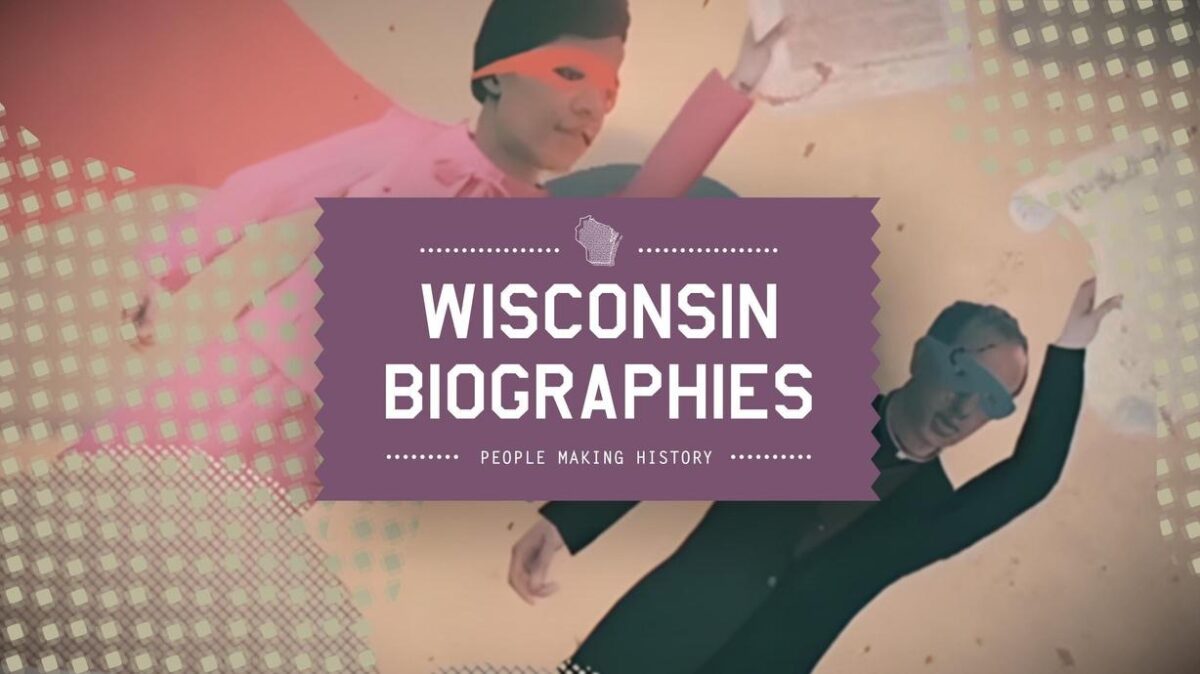The feature of the final Sunday night card of 2025 at Pocono Downs at Mohegan Pennsylvania was a $15,753 fast-class conditioned trot, in which the Kadabra-P L Glitter mare P L Notsonice had a not-so-nice trip, but still won in 1:54.
Anthony Napolitano tucked in third early with P L Notsonice in a :27.1 quarter put up by One After Nine (Jim Pantaleano), then considered quarter-moving but was beaten to that tactic by Cassius Hanover (Kevin Wallis), who gained the top and slowed to the half in :57. P L Notsonice was out again on the grind through three-quarters in 1:25.3 and for the rest of the way, and the favoured mare’s class came through as she battled to the front and beat longshot One After Nine by a neck, with Cassius Hanover third. P L Notsonice is now a 41-time winner in 160 lifetime outings with $831,716 in earnings. Anthony Faulkner trained her to victory for Elite Harness Racing LLC. The eight-year-old mare paid $3.60.
There were two impressive two-year-old winners on the card. The first was the Stay Hungry-The Santafeexpress filly Santafes Hungry ($13.60), who was just along to catch heavy favourite Amira Hanover (Braxten Boyd) and break her maiden in 1:53.4, racing her back fractions in :55.4 and :27.3 for driver Matt Kakaley, trainer Carl Conte Jr., and owner Ed De Rosa. The other was the Greenshoe-Ma Was Right gelding Credible Control ($9), who came up the inside after a blistering pace to win for the first time in 1:57.2 for the meet’s leading driver and trainer, Tyler Buter and Ron Burke, and the partnership of Burke Racing Stable LLC, Larry Karr, Knox Services Inc., and Beasty LLC.
Driving doubles were posted by Kakaley and amateur Tony Beltrami.
Pocono now switches to a basic schedule…
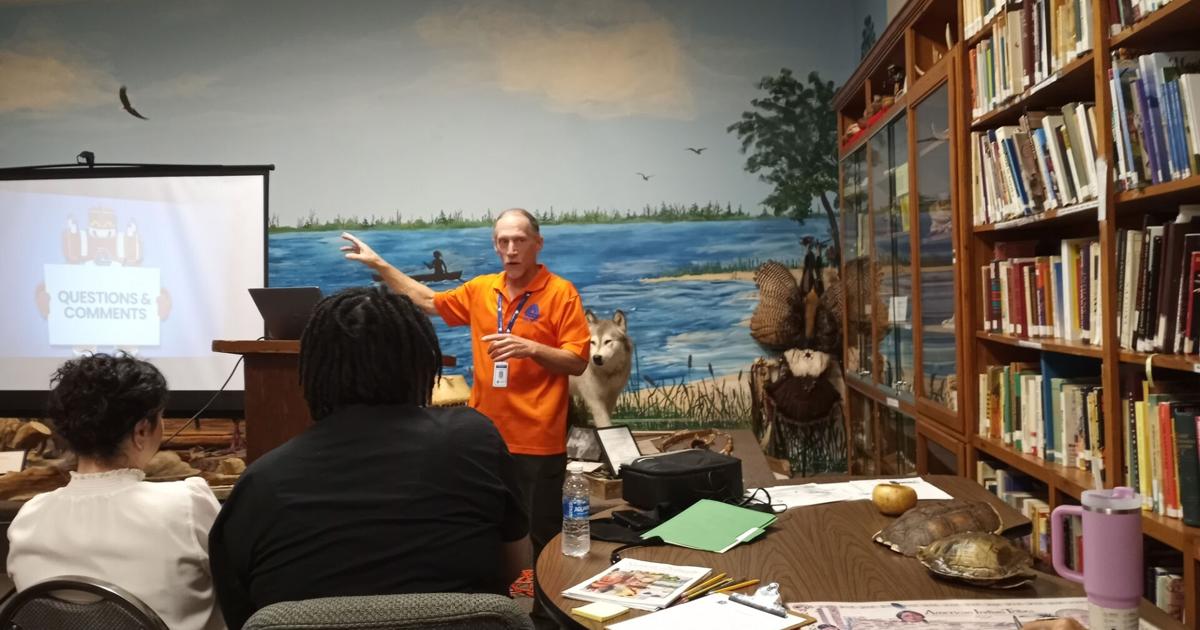
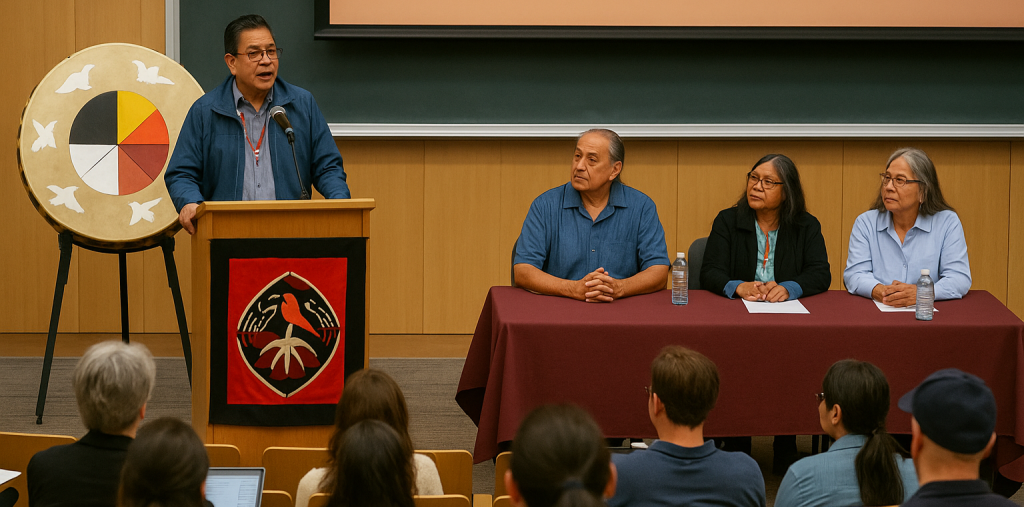



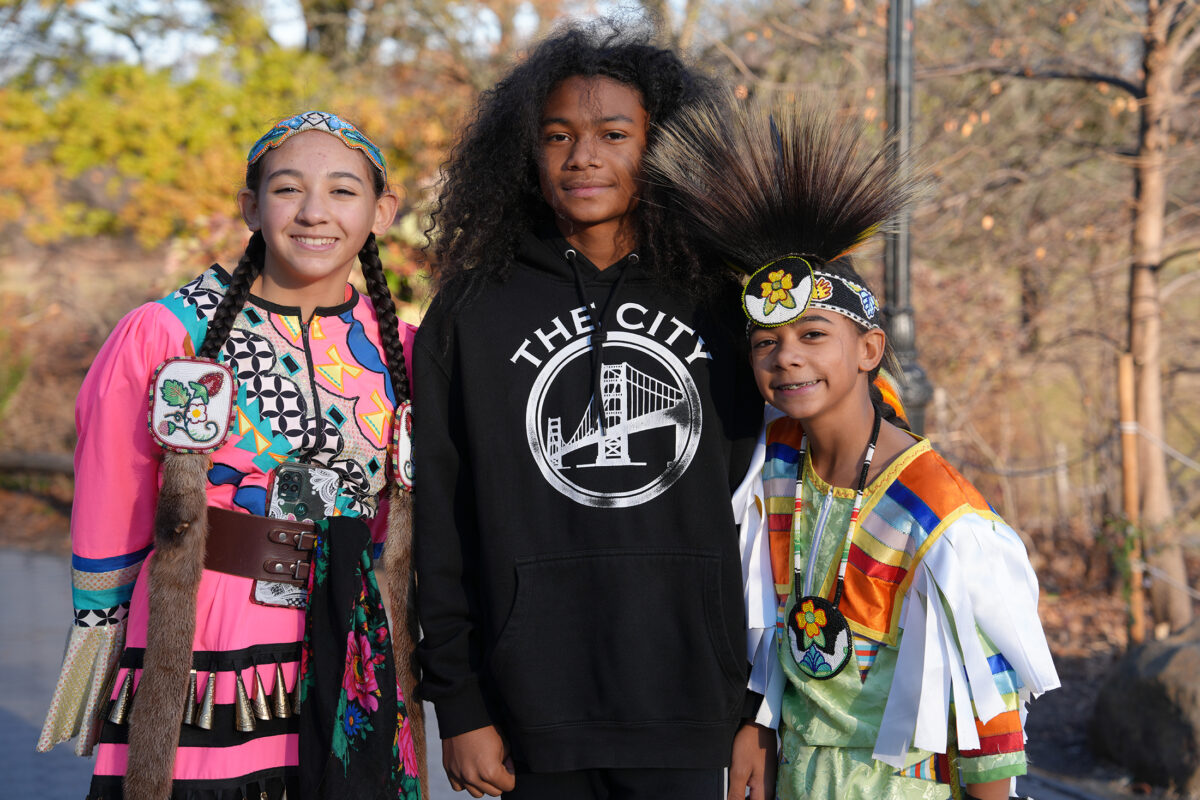

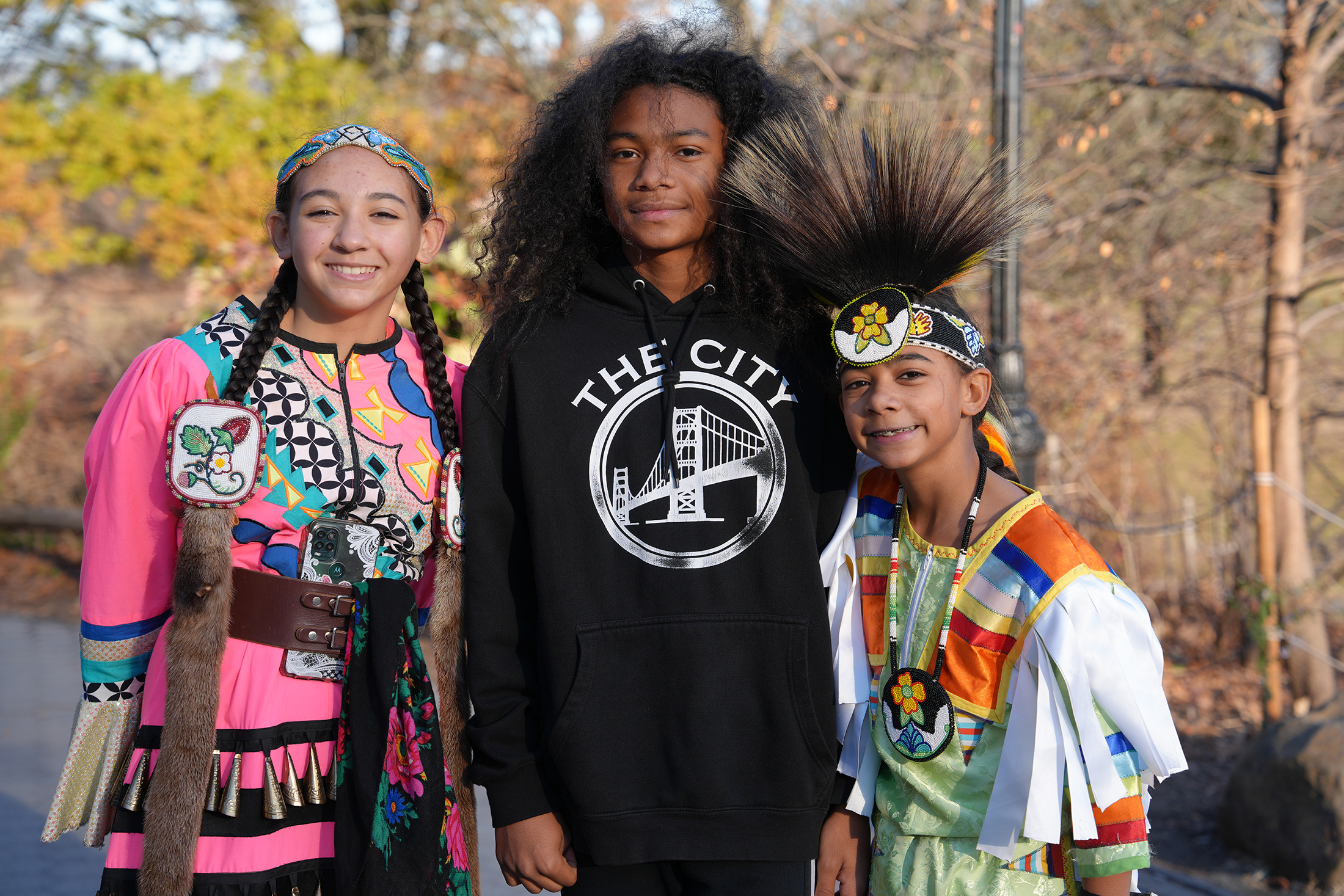
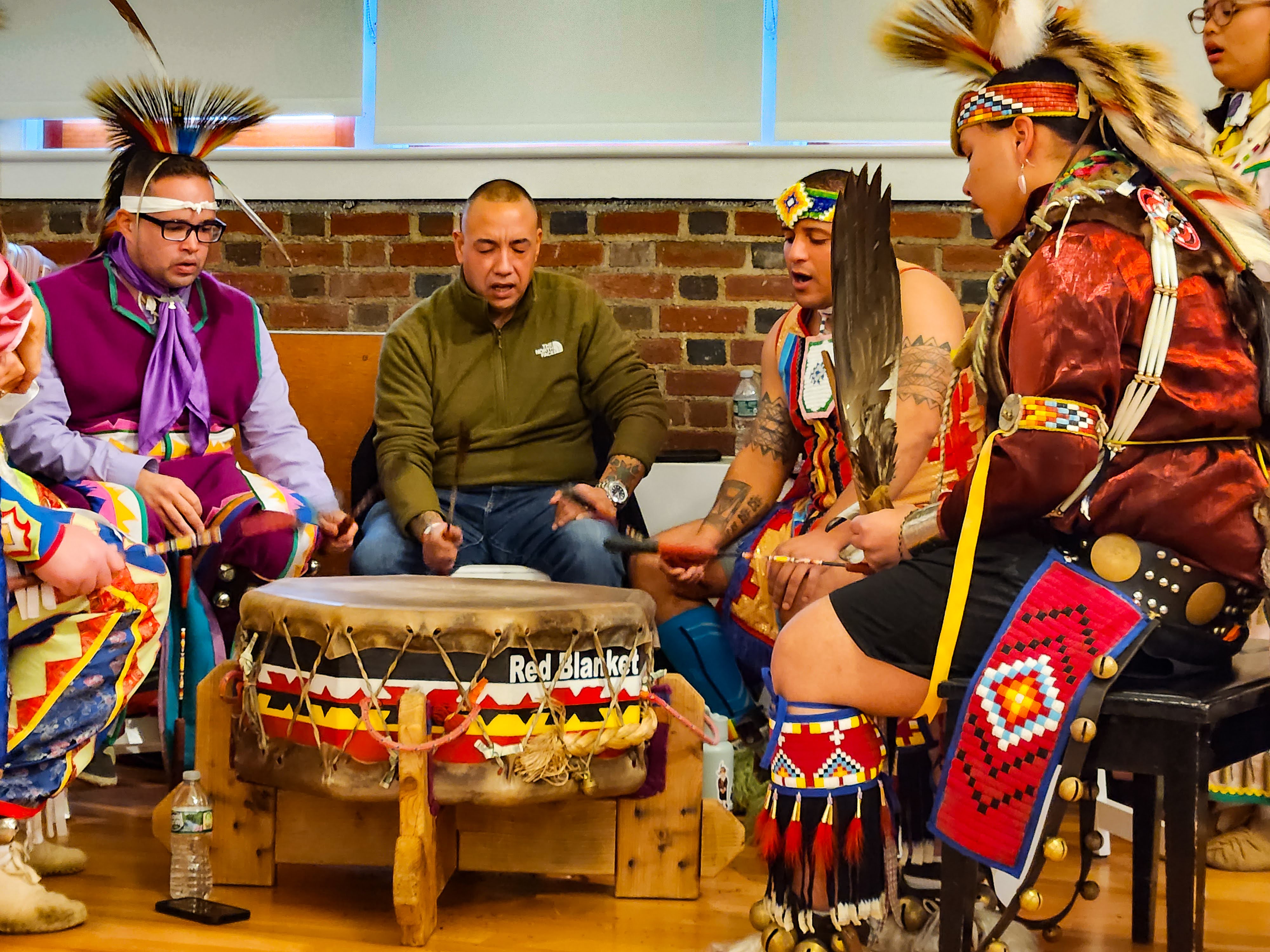 The event will feature drummers, dancers, and art. Photo by Bob Levine via Prospect Park Alliance
The event will feature drummers, dancers, and art. Photo by Bob Levine via Prospect Park Alliance 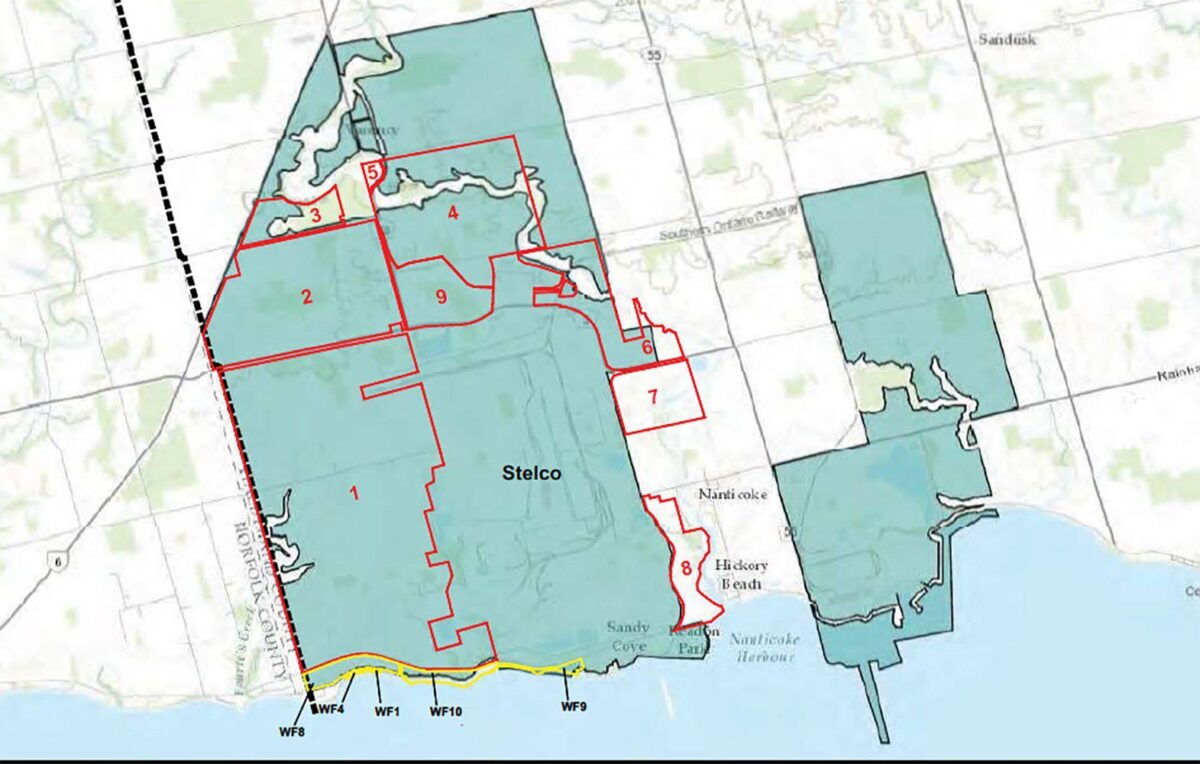
 NANTICOKE—A slide from a February 14, 2022 presentation showing the subject lands of Empire’s planned development outlined in red.
NANTICOKE—A slide from a February 14, 2022 presentation showing the subject lands of Empire’s planned development outlined in red. 
